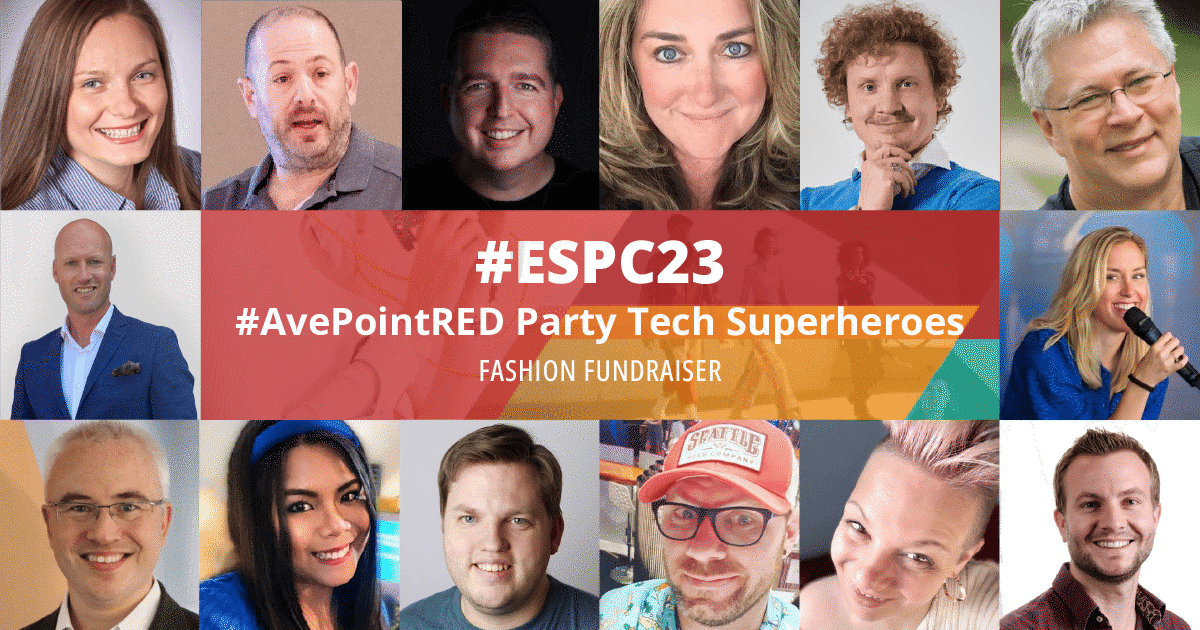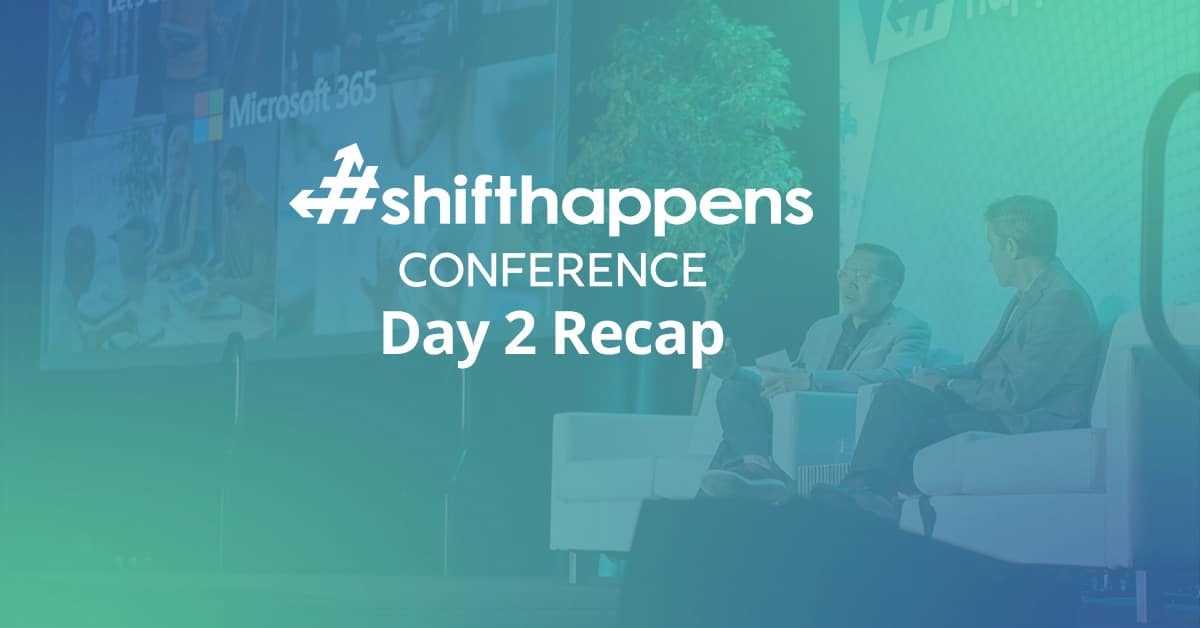A Connected Enterprise #e2conf

By Franklin T.

I had the pleasure of attending the Enterprise 2.0 Conference in Boston last week from June 18-21. For those unfamiliar with the term Enterprise 2.0, the conference organizers define it like so:
Enterprise 2.0 is the term for the technologies and business practices that liberate the workforce from the constraints of legacy communication and productivity tools like email. It provides business managers with access to the right information at the right time through a web of inter-connected applications, services and devices. Enterprise 2.0 makes accessible the collective intelligence of many, translating to a huge competitive advantage in the form of increased innovation, productivity, and agility. The event brought together industry leaders, analysts, academics, and more to explore these concepts and share ways they’re being put to work to make a real difference in business today. While key topics of the moment like the cloud, big data, and mobility were explored in depth throughout quite a few sessions, the overarching theme of the event could be summed up by one word that is easily one of the most prominent in 21st century technology: social. Though this was my first year at the event, it was quite clear that previous events were more focused on reasons why the enterprise was moving toward social technologies to empower workers and share knowledge throughout the business. A common issue companies faced then was convincing leadership that these tools could provide value to the business. A quick look at the companies represented by keynote speakers at this year’s event made it clear that’s not necessarily the case anymore and some of the world’s most prominent businesses are already taking charge in the social revolution. Representatives from American Airlines, Colliers International, Fed Ex, Nike, and Wells Fargo all shared ways their businesses are harnessing social technologies to help tens of thousands of globally dispersed workers better connect and collaborate. Many of the presentations sought to move beyond the “why” of social technologies and explore how to use them to get work done as well as how to successfully foster adoption across an enterprise that consists of thousands, if not tens of thousands, of workers. As Enterprise 2.0 General Manager Paige Finkelman said during the keynote on the second day, “You can't just throw technology at people in the enterprise space and expect it to be successful.” While this is certainly much easier said than done, and there is clearly no one-size-fits-all strategy for adoption, here are just a few interesting points from sessions I attended: · In his presentation “The Post-2.0 Era: Social in the Context of My Work”, Gartner Research Director Larry Cannell encouraged IT to break away from an application-focused perspective and move to a more people-centered perspective. In order to rearrange IT priorities to focus on the “individual first,” Cannell noted important factors like simplicity and the criticality of data availability. · In the presentation “The Iceberg Effect of Community Management”, UBM TechWeb Digital Media Marketing Manager Jason Quesada spoke about his company’s success with social communities and how his role as a community manager has helped encourage staff to participate and keep the program productive. In addition to regularly providing relevant and useful content to community members through blogs and how-to documents, Quesada noted the importance of reaching out to those who aren’t utilizing the community and helping them find ways it can bring value to their work. · The concept of gamification was widely discussed throughout the conference, and Salesforce.com Senior Principal Karthik Chakkarapani gave a great session on the final day entitled “Drive Business Transformation through Enterprise Collaboration & Gamification”. As Chakkarapani noted, gamification is not just about playing games at work. It’s about applying game mechanics to non-gaming environments to improve engagement, motivation, and meet desired outcomes by tapping inherent human motivations. In the midst of the social enterprise, the concept is taking off and already being used at companies like Marriott Hotels and Aetna. Microsoft played a big role in quite a few sessions throughout the event on the second day. It’s certainly no secret that Microsoft is embracing social technology in a big way, and Microsoft® SharePoint® is a major part of that initiative. Senior Director, SharePoint Product Management Jared Spataro delivered a keynote session entitled “Putting Enterprise Social to Work” and shed some interesting light on Microsoft’s strategy as it relates to social. In addition to social, Spataro pointed to the following IT trends as being some of the most important to Microsoft: · Consumerization of IT, due to the advent of technologies and applications that are user-focused and easier to use than ever. · Devices, especially mobile ones, are changing where people can get work done and effectively turning any place into a workplace. · Cloud is changing the perception of time-to-value in the enterprise. · Cross-organization collaboration is “bringing down the firewall” and challenging infrastructure as people are working with others outside of their organizations to get things done. When all of these trends are combined with social, Spataro noted, you get something entirely new. To truly benefit from these new technologies, they need to be connected, and Microsoft’s vision is for a connected enterprise. In order get there, Spataro underlined the importance of a single platform for managing people and information. Microsoft’s vision for the future of the enterprise, he said, is that of connected experience and a connected platform. Here are a few additional notes from the show: · It was great to connect with our partners at NewsGator to learn more about the ways in which they’re helping enterprises become more social through SharePoint. · Nike Enterprise Collaboration Director Richard Foo delivered his keynote decked out in a crisp Nike track suit. I’m sure everyone is familiar with the phrase “eating your own dog food,” but I vote we change it to “wearing your own track suit” instead. · MIT Principal Research Scientist Andrew McAfee gave a fascinating keynote about recent advances in technology and ways in which computers are outperforming humans on the job in many areas. His overall message was that we need to “race with the machines” as technology continues to advance in order to adapt businesses accordingly. His point was nicely underscored by this photo of Ken Jennings making nice with the machines after losing to IBM’s Watson on Jeopardy last year. · Michael Wu, Lithium Technologies Principal Scientist, Analytics took the concept of “live tweeting” to the next level as he asked the audience to take notes on Twitter using a hash tag. All tweets were streamed on the big screen behind him as he delivered his speech. I thought it was quite bold to ask an audience to literally tweet about the presentation behind his back, and there were more than a few witty (read: snarky) Twitter users in the bunch. In the end, Wu showed how social tools can instantly collect the data and make sense of it by displaying a visual diagram that indicated which Twitter users in the room had the most influence over others. In what ways is your company embracing social technology? How does SharePoint factor into those efforts? Let us know by leaving a comment below.

By Franklin T.
In his former role as Director of Communications, Franklin was responsible for increasing brand awareness across all AvePoint's digital properties.
View all posts by Franklin T.
Share this blog


